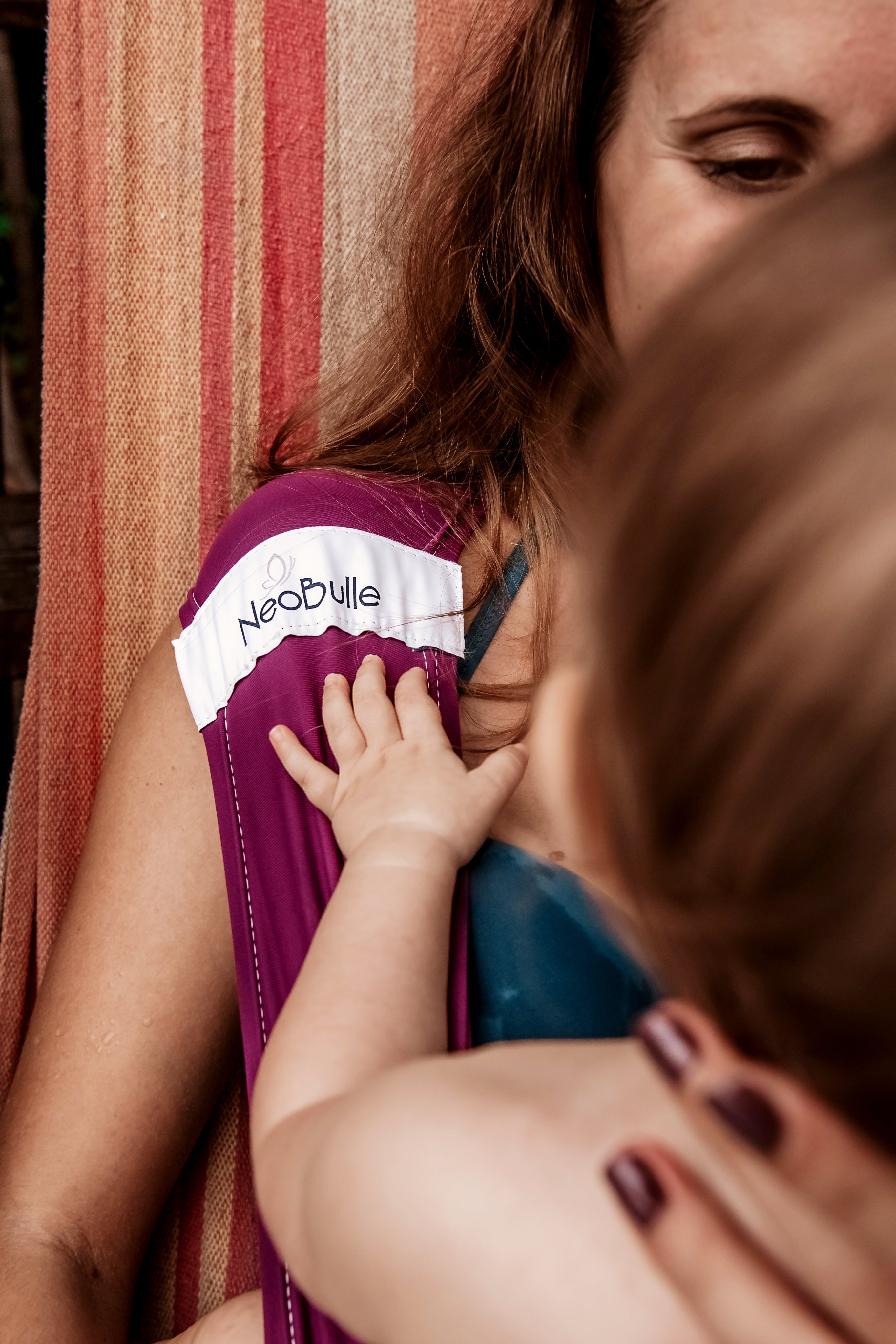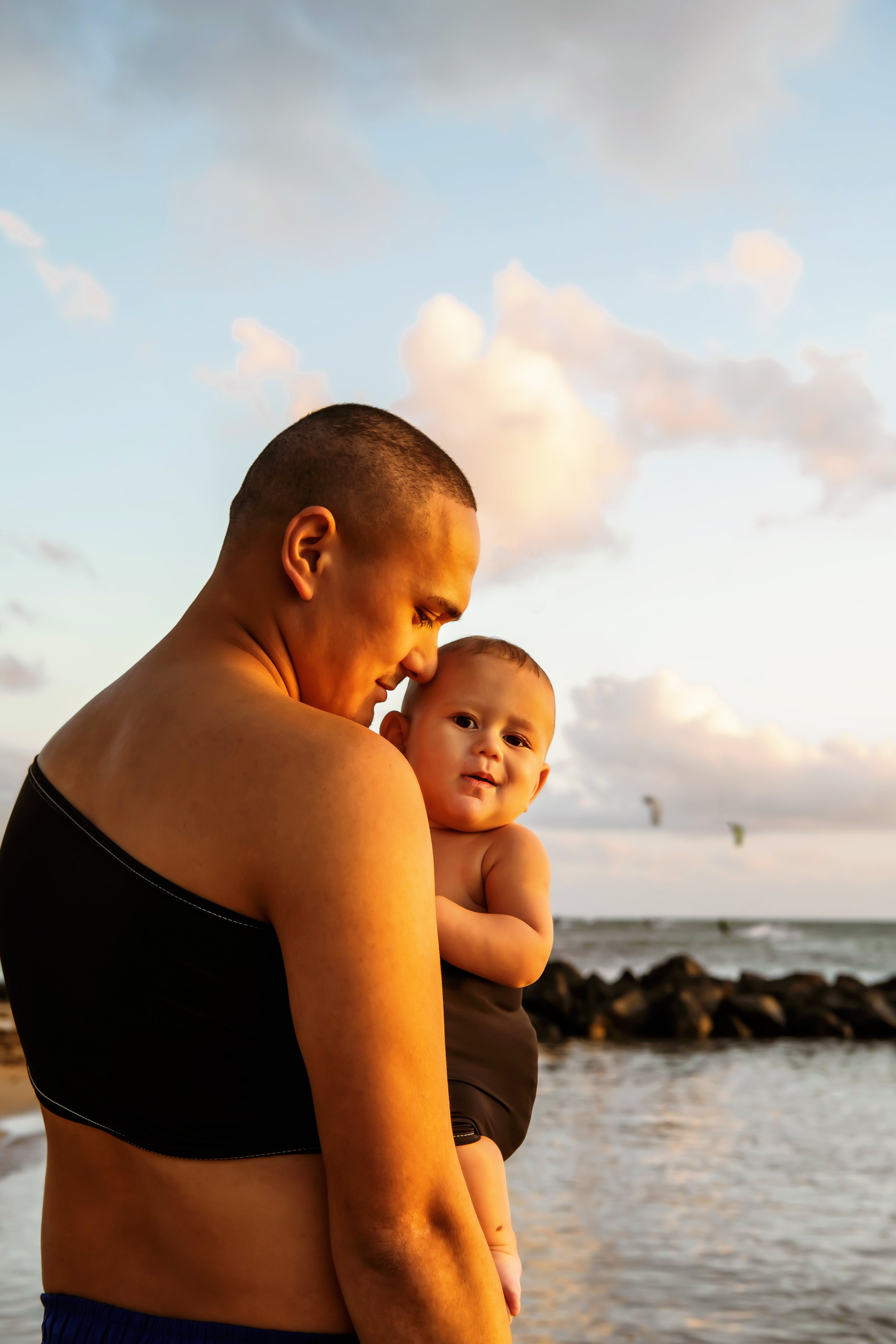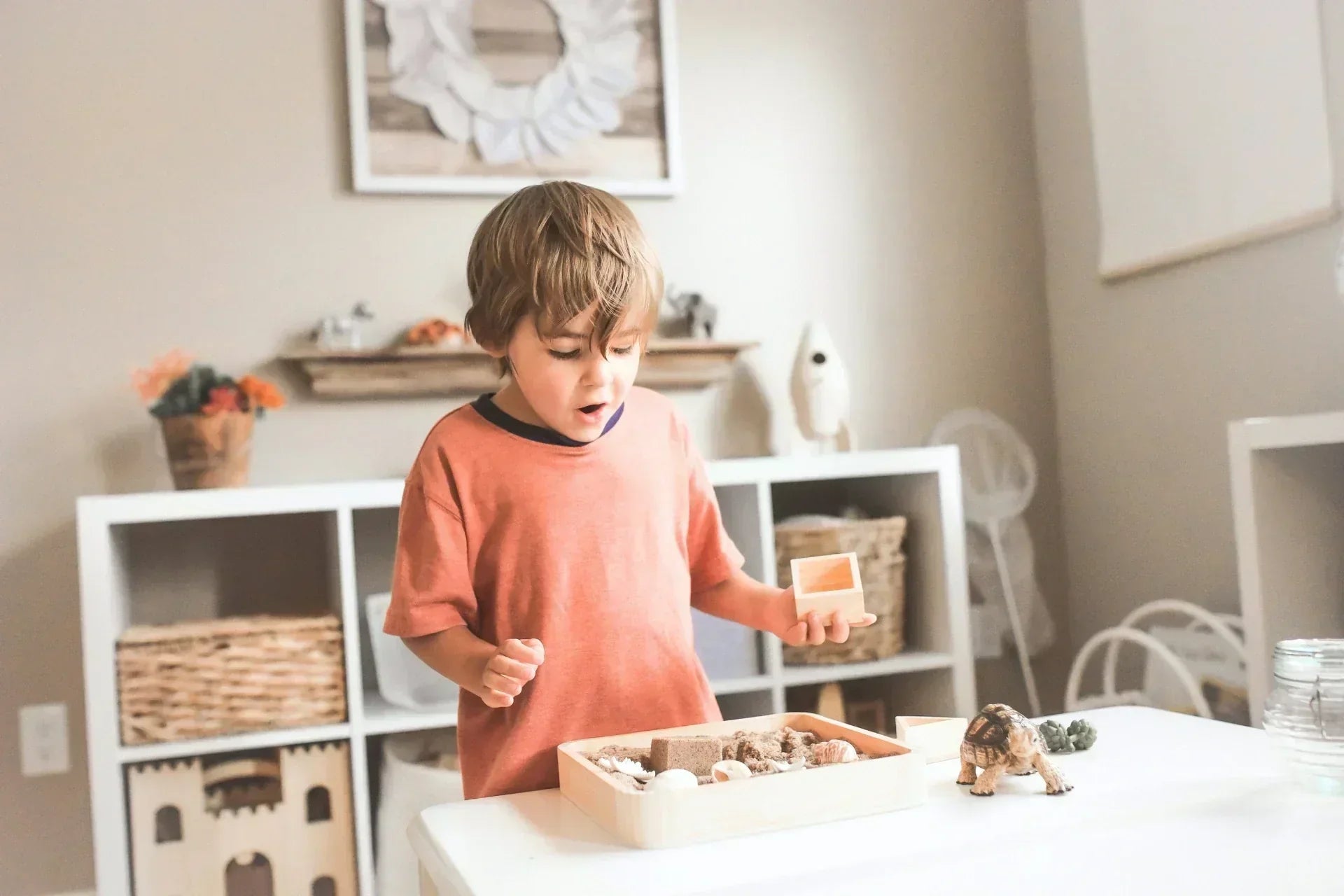Cold, heating, and pollution are all assaults on your little one's fragile and sensitive skin. The consequences are quick to appear: it turns red, dries out, irritates... And even if you use tons of cream, it seems that your little heart slowly but surely turns into a crocodile.
So what can you do to hydrate your baby's skin in winter? Here are our little tips!
Why is my baby's skin dry in winter?
Winter, we all know that our skin is vulnerable, and it's also the time when we pull out very rich creams for the face or hands and sticks for chapped lips, but why?

Due to our cold and dry climate, ambient humidity decreases significantly. The air then draws moisture from our skin, which dehydrates and weakens. We observe the same phenomenon inside our homes where heating also dries out the environment considerably.
In parallel, when it’s cold, the body tends to prioritize the functioning of vital organs, leaving a bit of the epidermis aside... Sebum production is slowed down, body energy being mobilized for more essential functions. Think of sebum as a small greasy film that protects the skin by helping it retain water inside. Without this film, the skin evaporates more easily, which further facilitates dryness of the epidermis.
You understand, if these mechanisms apply to you, they are also certainly true for your little ones! Additionally, rubbing certain clothing, the tine creating a maceration zone around the mouth which is also conducive to irritations, and skin that is much more fragile than that of adults, and therefore more sensitive to all aggressions.
Limit skin aggressions on my baby
Since it is not always possible to expatriate to latitudes with more temperate climates to escape the cold, what can we do daily to protect our baby's skin?
One of the simplest actions to implement first is to limit baths. Indeed, baths tend to weaken the epidermis (notably by disrupting the hydrolipidic film that protects it) and to dry it out. This is especially true when your region's water is hard. A bath every 2 to 3 days (or more if your little one has very reactive skin or eczema) is more than enough, as long as the only 'dirty' areas (like the diaper area) are already cleaned at each change.
It is recommended that the water used is not too hot (between 35 and 37°C) and that the bath remains short (10 minutes maximum). For drying, gently pat with a very soft towel (link to cocoon bath) (avoid rubbing) while giving a big cuddle to your little heart to help evacuate remaining water without irritating.

Regarding skincare products, generally it is important to pay attention to the ingredients of cosmetics
used on the skin of your little ones. Many ingredients can be very irritating and cause redness and inflammations.We recommend that you prefer simpler formulas, containing few ingredients, hypoallergenic, ideally natural and organic, and suitable for the specificities of children's skin.
Clothing can also be adapted to preserve as much as possible the sensitive skin of your little one: ditch the synthetic which heats, rubs, and dries out! Opt for natural materials… Soft cotton first and foremost. And why not test merino wool or wool and silk blends? Wool and silk have thermoregulatory virtues perfect for winter, keeping baby warm and cozy without making them sweat, which is appreciated since sweating can also irritate the skin!
Nourishing and rehydrating my baby's skin: which products to use?
Fat is life! As we have seen, the skin no longer produces sufficient sebum, so now is not the time to hesitate on quantities, you can generously spread it on your little one until they shine!
For washing, the most sensitive skin can appreciate a gentle, extra-rich soap at 8% without any perfume or additives. Rich in glycerin, it leaves the skin soft and nourished.
For families preferring the gel format, the Bubble Baby Gel offers a pH that is physiologically compatible with the skin and contains no sulfate surfactants.

Are you breastfeeding your baby? Do not hesitate to express some of your milk into the bathwater to offer a real moisturizing treatment to your little one (like Cleopâtre and her milk baths). If you have bottles of milk that are unsuitable for consumption, it is a good solution to avoid wasting them.
Right after getting out of the water, while the skin is still a little damp, we invite you to massage your child with a neutral massage oil that will penetrate the epidermis well, for enhanced hydration. It’s also a perfect moment to share a moment of tenderness with your little one!
For the facial skin and hands, which are more directly exposed to wind and cold. and on which we often find red and dry patches (especially on the cheeks, or around the mouth when the scalp creates a zone of friction and maceration), we can apply treatments more repeatedly, ideally morning and evening. You can choose based on texture preferences:
- Soothing skin cream : a rich and nourishing cream, made with organic shea butter, calendula, and fine lavender essential oil. Ideal for soothing irritations and redness. From 3 months old.
- Aloe Caresse Gel : a gel with a fluid, non-greasy texture, which hydrates and regenerates the skin. From birth.
Want to learn more about our Aloe Caresse Gel? Don’t hesitate to check out our article on the benefits of aloe vera for the whole family.
Generally speaking, don’t hesitate to take advantage of diaper changes to apply a bit of liniment or oil (or your milk!) on the rest of your baby’s body, everything helps, and their skin will thank you!
You now know everything! Grab your cream and oil bottles, what a perfect excuse to give lots of massages and cuddles to your little ones!






